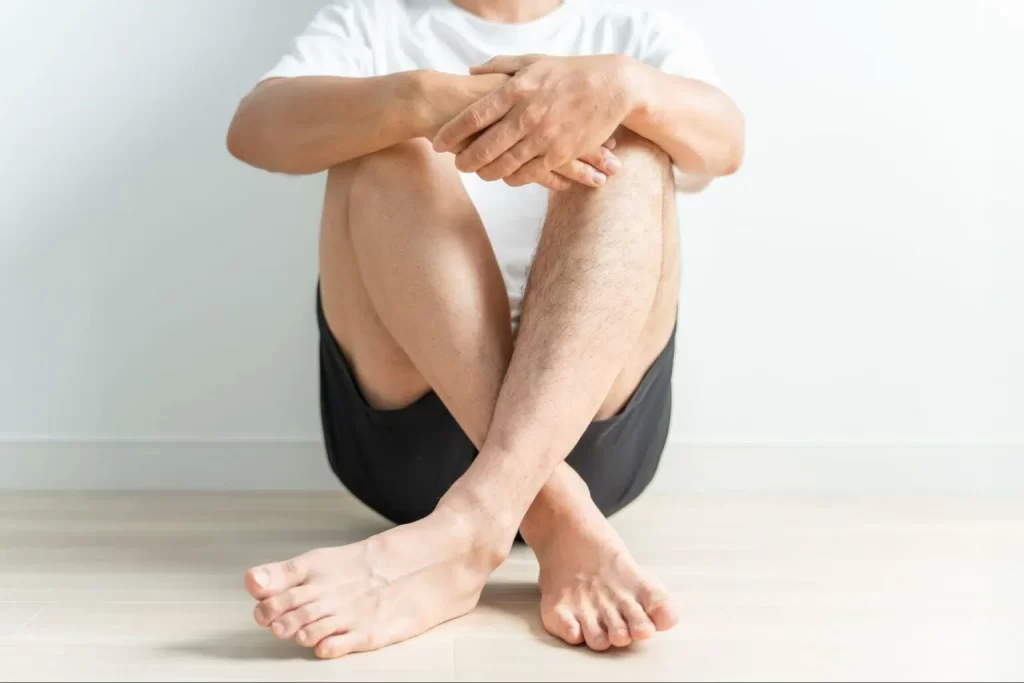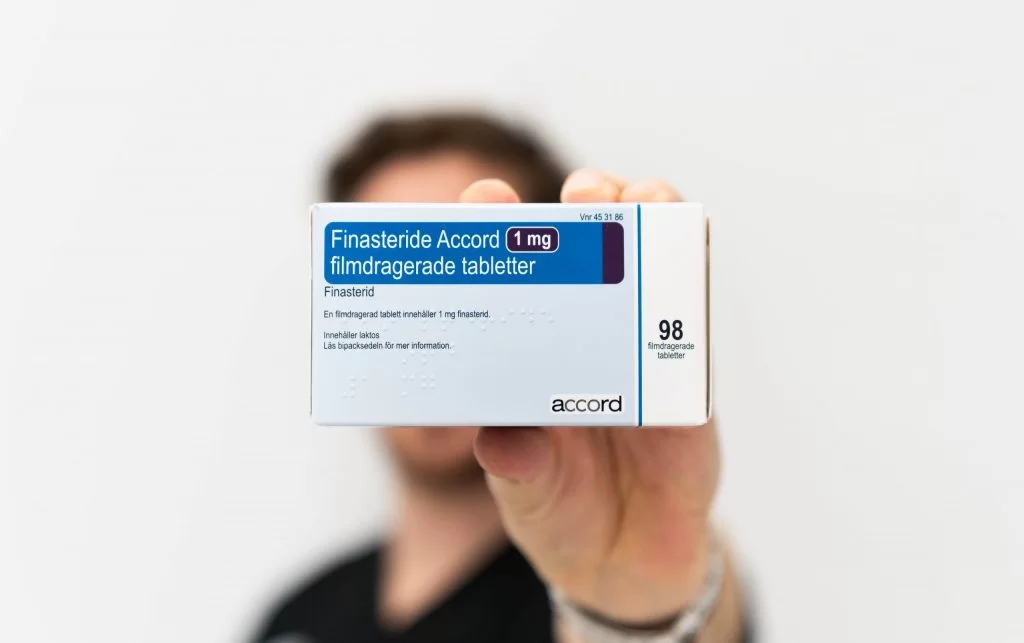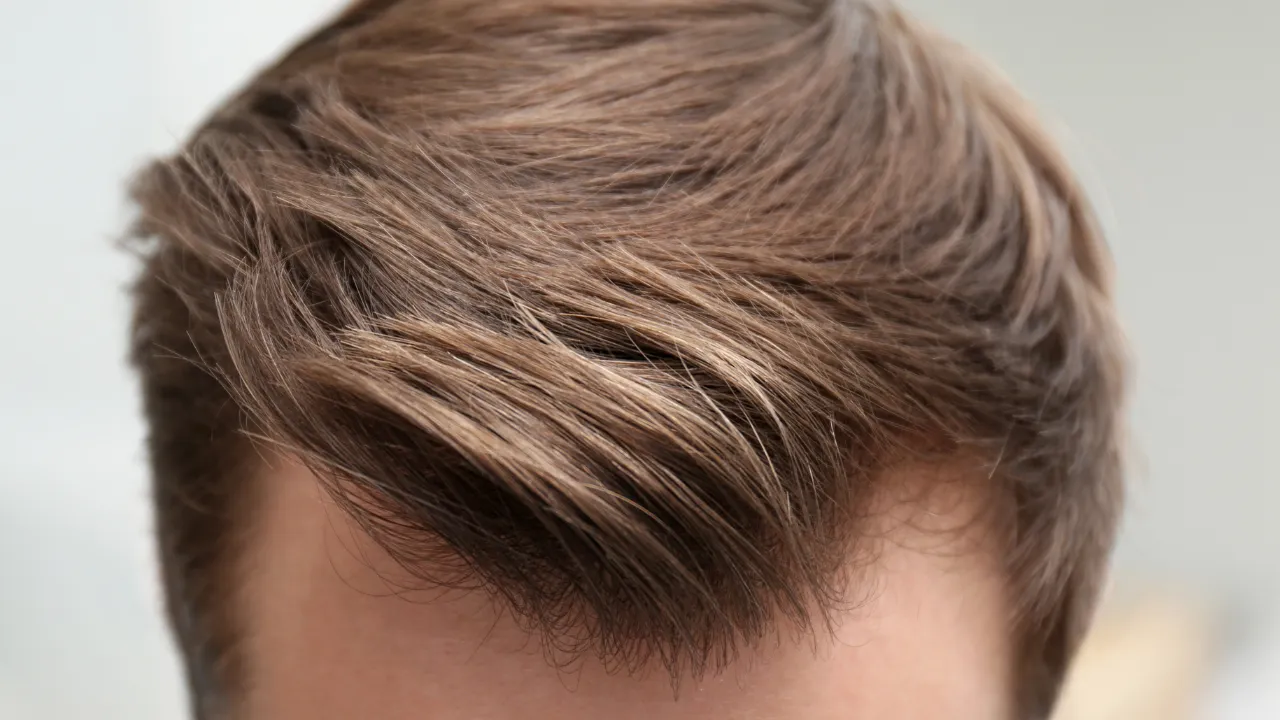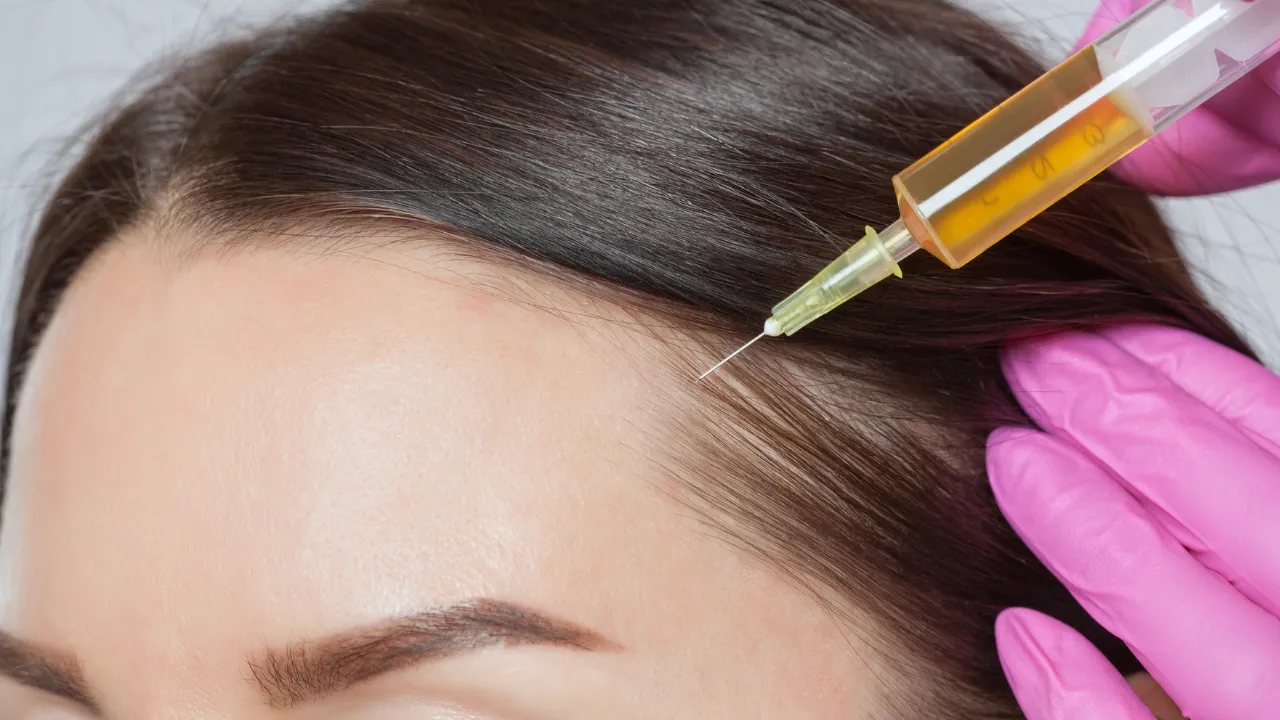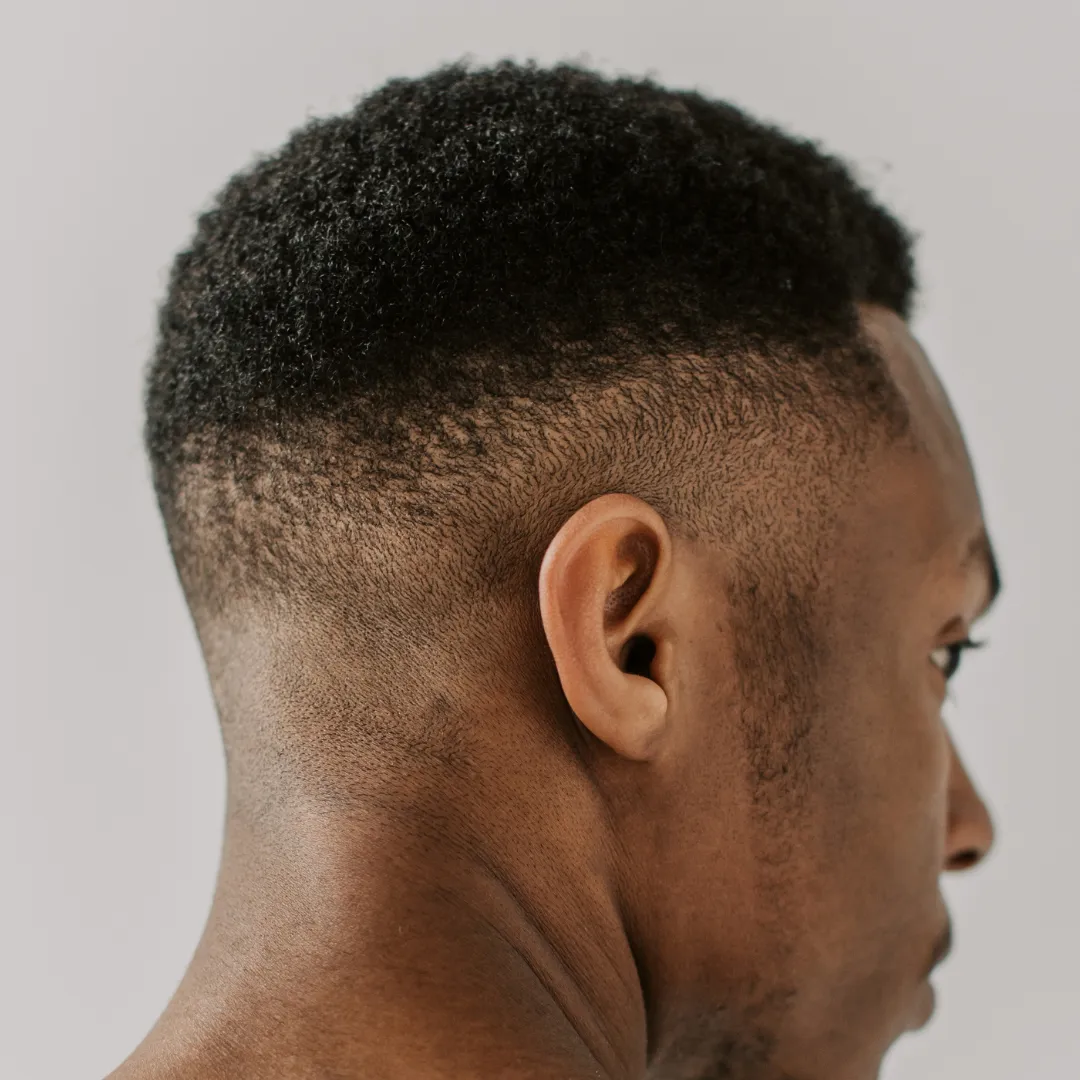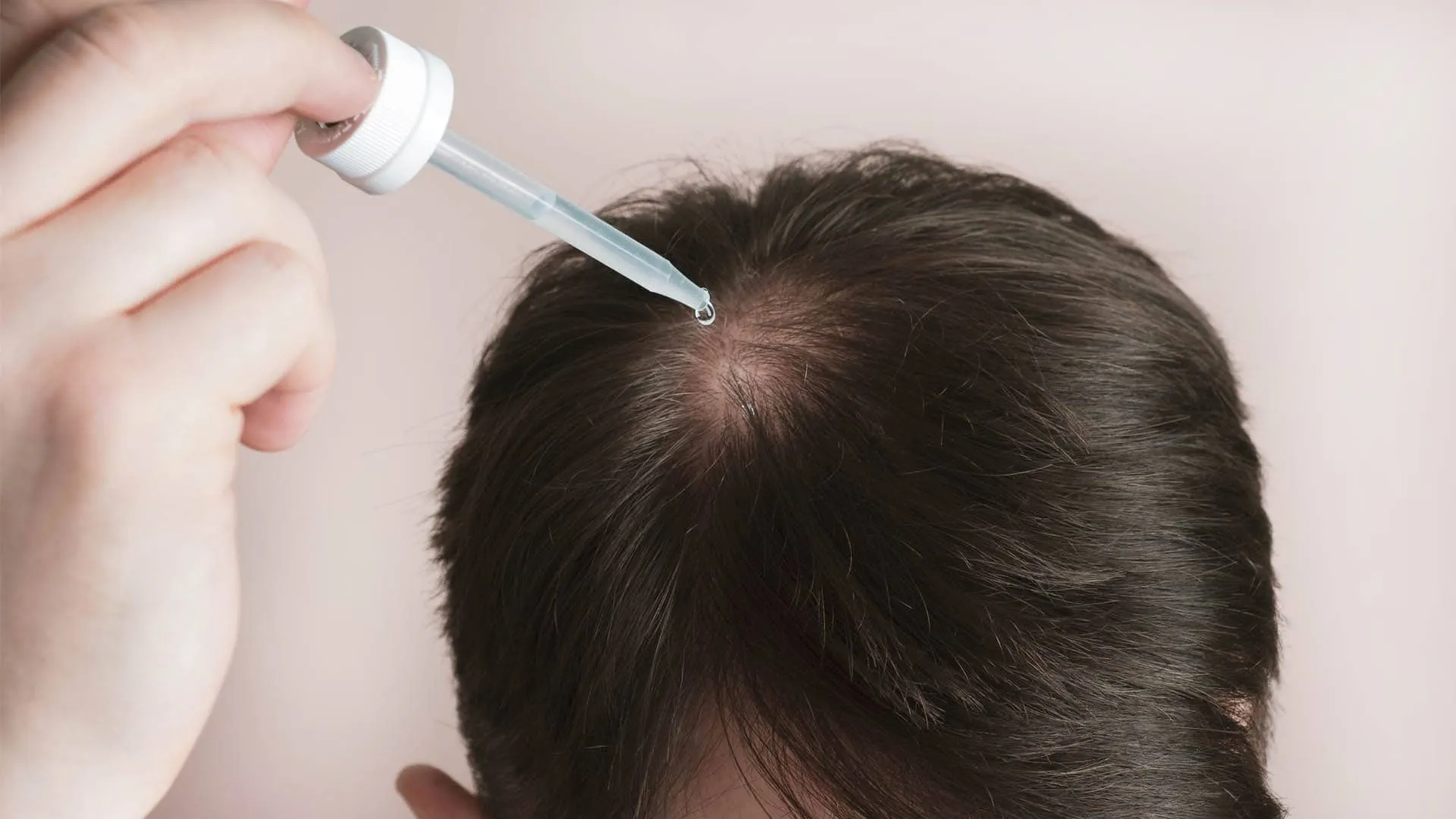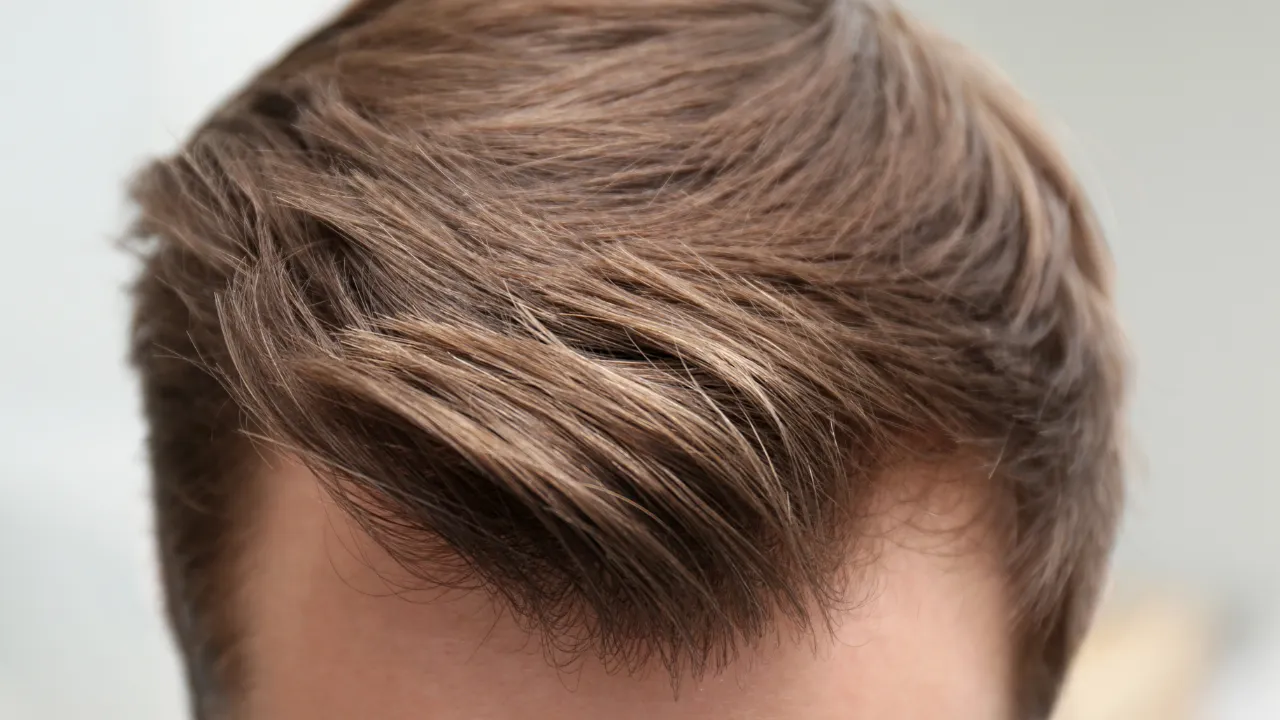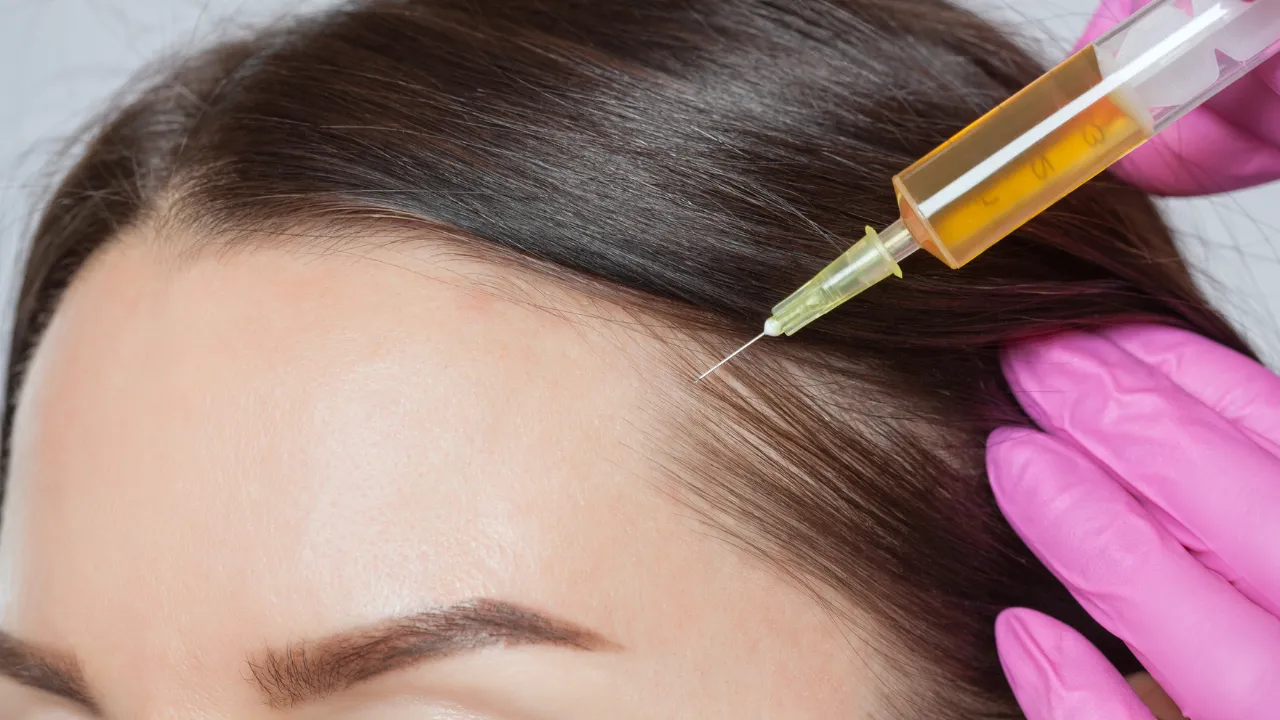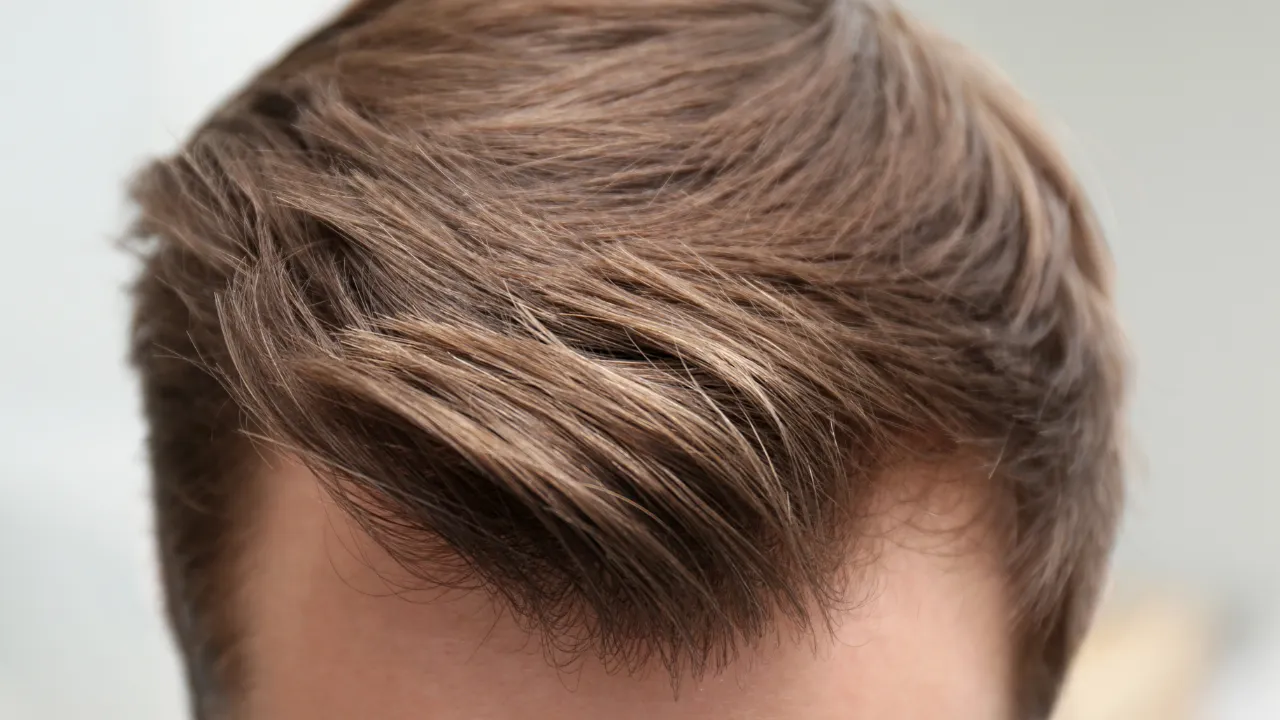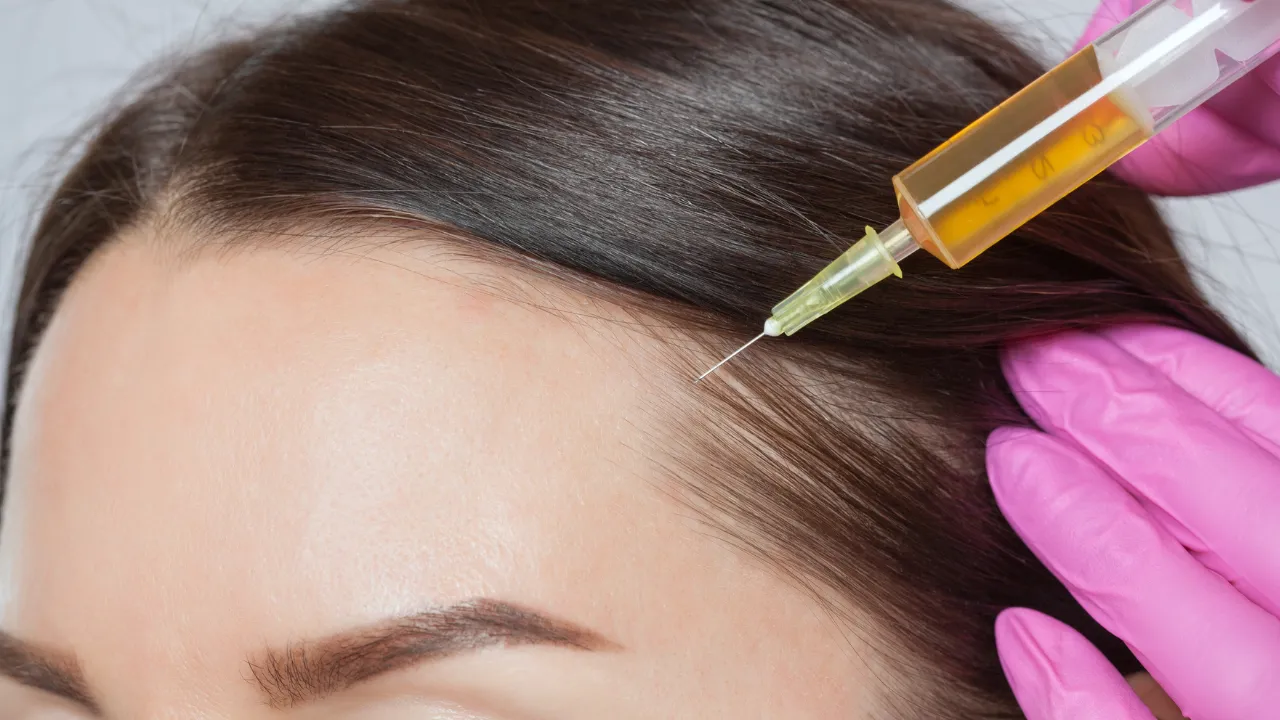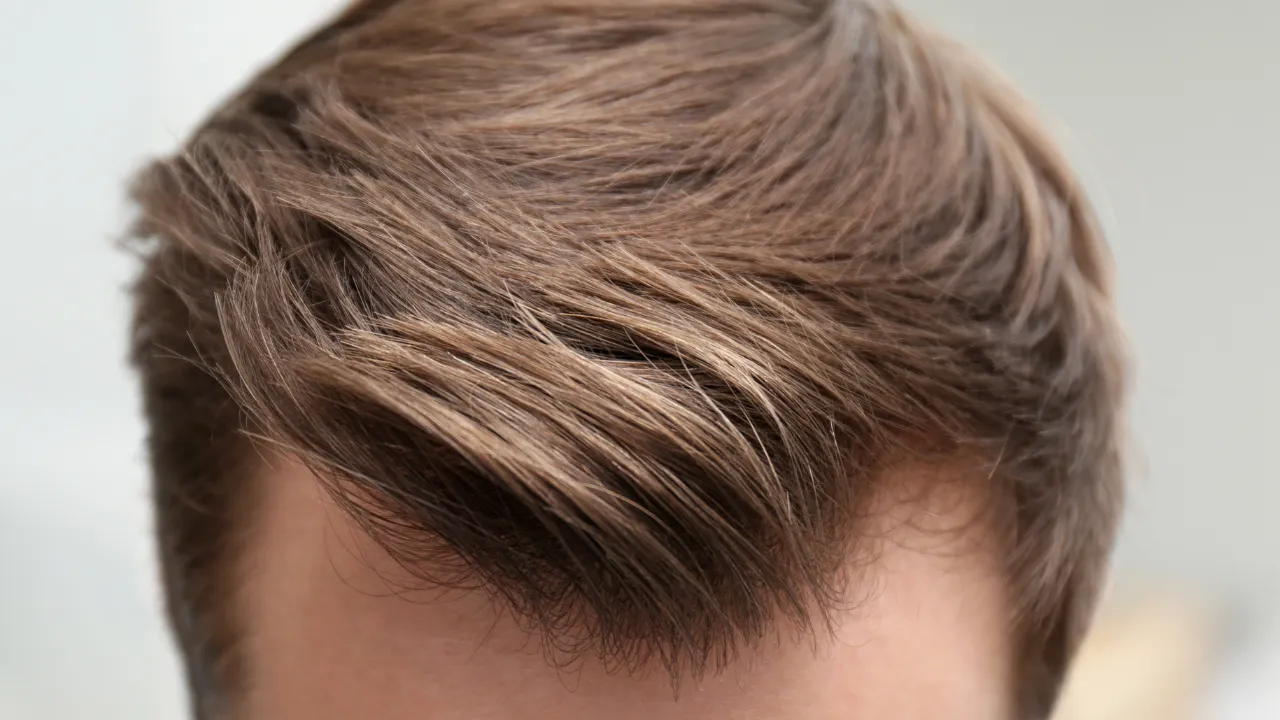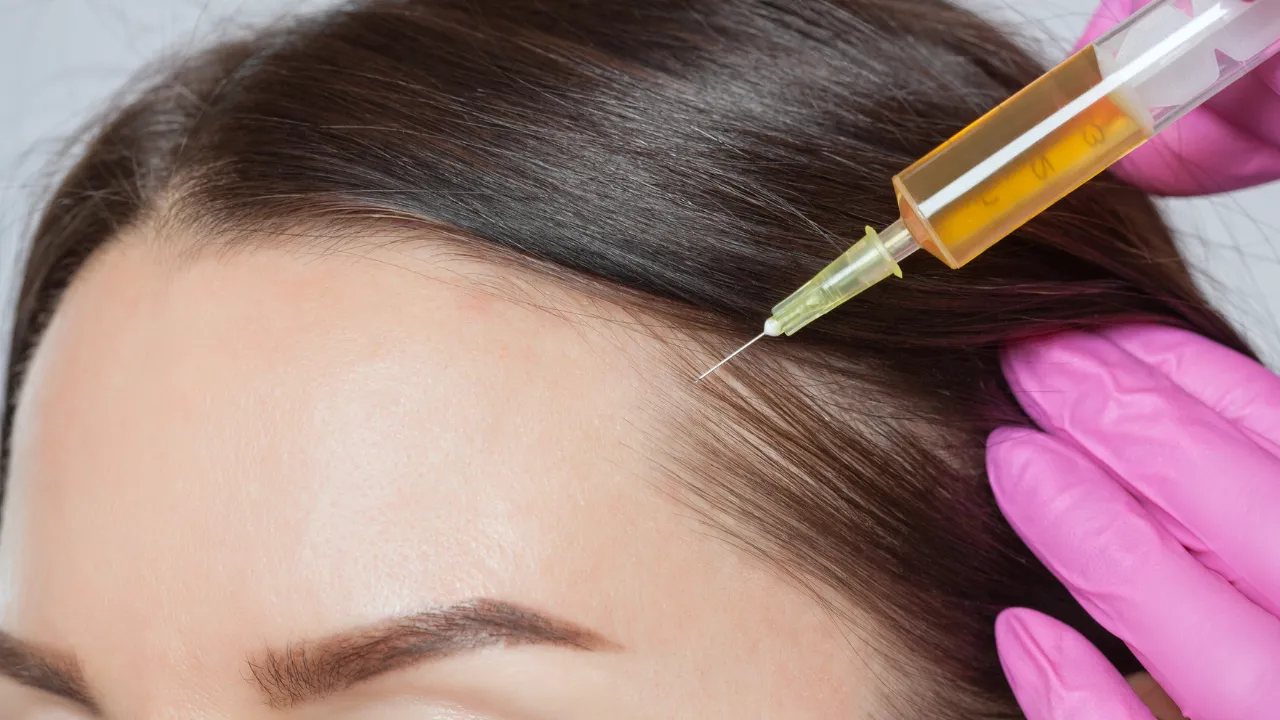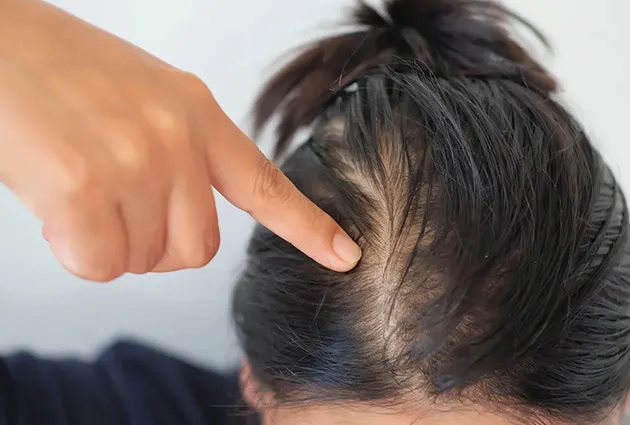Table of Contents
ToggleAt Kopelman Hair, we understand the concern many people feel when they notice they are losing hair on legs and arms. While some changes are natural, they may also signal underlying health conditions. Early evaluation and a clear treatment plan provide reassurance and safe care.
In many cases, hair loss on arms and legs is linked to aging, circulation, hormones, or immune problems. Since loss of hair on legs and arms can appear with other symptoms, recognizing patterns helps identify the cause.
Key Takeaways
- Losing hair on legs and arms may be normal with age, but it can also point to circulation problems, autoimmune disorders, or other health conditions.
- Sudden or patchy noticeable hair loss should be checked by a doctor, especially if linked to pain, poor circulation, or skin changes.
- A balanced diet, exercise, and stress control support hair growth and help reduce risks.
- At Kopelman Hair, Dr. Kopelman offers expert evaluation and advanced treatments tailored to each patient.
Common Causes of Hair Loss
Is It Normal with Age?
As people age, hair follicles slow, leading to thinning on the arms and legs. This natural pattern of hair loss may also include loss on the scalp.
Medical Conditions Affecting Body Hair
Diseases like thyroid problems, diabetes, and pituitary gland disorders disrupt follicles and can lead to hair loss on the legs and arms. These health conditions may also affect other parts of the body.
Hormonal Factors
Menopause or low testosterone often reduce hair growth. Pituitary disorders may also cause thinning on both the scalp and body.
Autoimmune Disorders
Alopecia areata is an autoimmune disease where the immune system attacks follicles. In advanced cases like alopecia universalis, hair loss occurs across the body, including loss on the scalp.
Circulatory Issues
Poor circulation reduces blood supply to follicles. Anterolateral leg alopecia is one example where the legs include patchy or complete hair loss.
Vitamin Deficiencies
Low levels of iron, vitamin D, or B vitamins weaken follicles. Correcting these gaps can restore hair growth and reduce noticeable hair loss.
Lifestyle Factors
Stress, smoking, or medication may also lead to hair loss on the legs and arms. Healthier routines protect follicles.
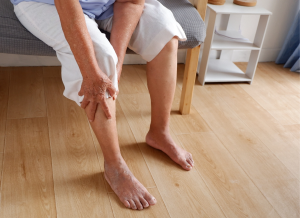
Sudden Hair Loss on Legs and Arms
Sudden Loss in Males
Men with rapid changes should seek medical care. When hair loss occurs suddenly, causes may include vascular disease or medication side effects.
Sudden Loss in Females
Women may shed hair quickly from thyroid imbalance, anemia, or immune disorders. A doctor can confirm the cause and design a treatment plan.
Gender-Specific Hair Loss Patterns
Hair Loss in Males
Men often develop gradual thinning tied to hormones or circulation. This pattern of hair loss may not always require treatment, but should be checked if persistent.
Hair Loss in Females
For women, menopause, pregnancy, or hormonal shifts can lead to hair loss on the legs and arms.
Diagnosis and Symptom Awareness
How Doctors Identify the Cause
Doctors review history, run tests, and examine affected parts of the body to learn why hair loss occurs. They check circulation, hormones, and immune activity.
Warning Signs That Require Medical Attention
Seek care if noticeable hair loss appears on both arms and legs or with skin changes, pain, or circulation problems. These may point to serious health conditions.
Self-Check Tips for Hair Loss on Arms and Legs
Before visiting a doctor, note:
- Is hair loss gradual or sudden?
- Does it affect one or both sides?
- Any skin changes?
- Signs of poor circulation?
These details help clarify why hair loss on the legs and arms occurs and guide to faster diagnosis.
Prevention Strategies to Reduce Body Hair Loss
Support hair follicles and healthy hair growth with:
- A nutrient-rich diet with vitamins and iron.
- Regular exercise for circulation.
- Stress control and sleep.
- Avoiding smoking, which harms follicles.
Treatment and Care Options
Medical Treatments
Topical products, oral medications, or hormone therapy may be used. Each treatment plan depends on the underlying cause.
Lifestyle and Prevention
Improved diet, exercise, and stress management help sustain hair growth and reduce noticeable hair loss.
When to See a Specialist
See a specialist if hair loss is sudden, persistent, or affects multiple parts of the body. Early evaluation ensures accurate diagnosis and safe treatment.
Frequently Asked Questions about Losing Hair on Legs and Arms
Is it normal to lose body hair as you age?
Yes, gradual thinning is common with aging. This natural pattern of hair loss may affect arms, legs, and even loss on the scalp. Many people notice slower hair growth rates and finer strands over time.
What vitamin deficiency causes leg hair loss?
Iron, vitamin D, and B vitamin deficiencies weaken follicles and can lead to hair loss on the legs. A balanced diet and targeted supplementation, guided by blood tests, can help support healthy hair growth on the body.
What autoimmune disease causes hair loss on legs?
Alopecia areata is an autoimmune condition where the immune system attacks hair follicles. In severe cases like alopecia universalis, hair loss occurs across the entire body, including arms, legs, and scalp.
Take the Next Step
If you are noticing hair loss on your legs, arms, or scalp, Kopelman Hair can help. Schedule a consultation with Dr. Kopelman to explore a personalized treatment plan for restoring healthy hair growth.


